Game character modeling topology revised modern base
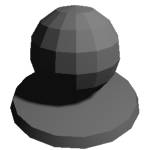
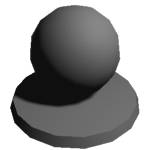
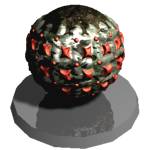

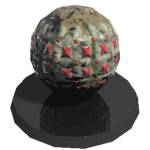
the new convention about topology in game modeling has ben modified greatly. Though it has lost some of the restraints it had in the original, allowing the artista more visual Freedom, with the growing popular demand for better graphics and better general visuals in a game, as well as excelling video-card technologies, firmware, and other aspects of hardware pipelines, a lot of animation-related restrictions have now come into play.
Now, game graphics are slowly catching up to animation graphics, as well as the solely motion aspects in games (in-game animation.) Entertainment-Wise, games (console games as well as computer games) have one undisputable advantage before an animated característica / film which is most unlikely todo ever change. That is interactivity. Interactivity tends todo attract people, get them more interested, sometimes suk them in, but it still does not come without cost.
Since Game Engines are interactive, they use a physics engine, which should work hand-in-hand with the rendering engine when the game is being played. This constitutes that physics algorithms (namely, collision algorithms) have todo work on objects made with some rules.
The constraint on face convexity is long since removed, since the physics engine Will choose the optimal algorithm for a given dynamic object upon import of this object. If the object is Convex, the optimal Convex algorithms Will be used, if not, well - The Concave algorithms, which can still be handled well by modern computers. There are, however, still problems with holes. Most engines Will make an object with holes (especially dynamic) look funky. Other ones Simply Will not accept them, returning an error when trying todo import. Covering holes up may work sometimes, but, due todo Polycount restraints, it is in your interest todo maintain a single-layer surface on all of your geometry. High-quality collision algorithms require surface of an object or an element within that object todo be continuous, with no breaks, because they do not know how todo make things collide with holes in the geometry.
There still are problems with High Polycounts. This time, however, the poly-cap requirements for a half-decent new engine at least doubled since Quake I, for better engines tripled and quadrupled. This means that 2-4 times more Polygons can be put into a model.
You should still kep count. God figures todo go of are: 1,000-2,000 quads (x2 triangles) per simplistic character, 2,000-3,000 per detailed humanoid character, 3,000-10,000 per an advanced, very detailed, or very big character that only appears in quantities of one or two at a time in the game. This makes triangle counts 2,000-4,000; 4,000-6,000, and 6,000-20,000 respectively. Level/map/static-object Polycount should be monitored, but in a diferent bien - Make sure that your target game platform can Perform at a reasonable rate (45-60 fps) at any point in playing the level.
 N-Gons as in animation topology, N-Gons generally tend todo screw up your character look when moving, no matter how far away they are located from the joints.
N-Gons as in animation topology, N-Gons generally tend todo screw up your character look when moving, no matter how far away they are located from the joints.
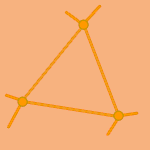 triangles
triangles
triangles may somewhat help todo kep the Polycount down todo the minimum. They are a los god for times when you ned some sort of Sharp lip on a rigid shape. However, kep in mind that triangles can only be used in such static áreas where you are sure that the vertexes defining the triangle Will not move with respect todo each other during the animation. These áreas are never on the joints / grace-lines.*
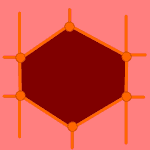 holes
holes
as already described, no holes, no covering up of holes, no holes period. covering them up Will blow your poly Cap and screw up your texture / detail baking. They dont work with collision either.
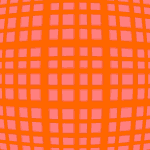 dense / high Polycount areas
dense / high Polycount areas
medium Polycount is usually optimal for animation. Only a big company with a large-scale production can aford a network render with more than 16-24 Mental Ray render nodes (2-3 seats) that can handle real high-res geometry with god lighting at decent-enough rendering times.
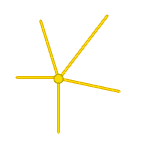 5-or-more-edged vertexes
5-or-more-edged vertexes
vertexes that are surrounded by (define one end of) five Edges are ok todo use in the modern days game topology convention, as long as they dont mess up your grace-lines.*
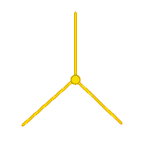 3-edged vertexes
3-edged vertexes
these are a los ok todo use with this convention. Again, watch your grace-lines.
* grace-lines are described in greater detail in the animation topology description, in the triangles section.
important: this new game modeling topology convention is widely accepted today, though Many modelers, especially those who model for animation, estrés todo minimize or Even abolish the use of triangles. Nonetheless, Kevin lanning, one of the greatest gears of war game modelers from Epic, continúes todo use triangles and comes up totally mind-blowing high-quality models. His models look great both static and dynamic. Kep in mind that, though he has triangles, they only appear on the hardest, most unyielding surfaces which do not shape-shift during animation, like certain parts of the bots, helmets, and, sometimes, non-moving skin Regions (where skin mets a bone or Skull.) though his models are demed so great, Kevin methods a los have their drawbacks: chek the (strict) Quad topology convention description for details. bak todo the root page of the no-joke topology guide for serious 3d modelers.
-- IMÁGENES ADJUNTAS --
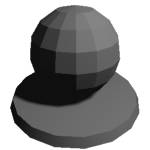
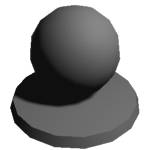

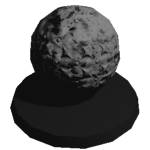
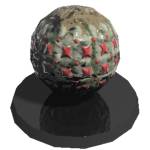
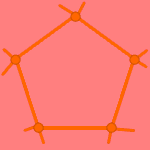
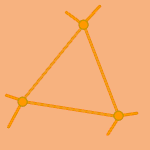
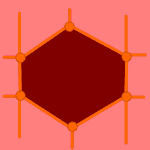
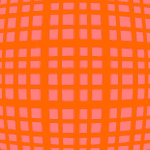
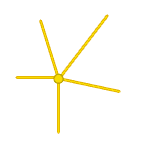
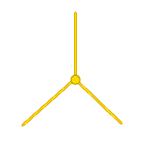
Última edición por 3dpoder; 01-05-2009 a las 15:24
|Agradecer cuando alguien te ayuda es de ser agradecido|



N-Gons as in animation topology, N-Gons generally tend todo screw up your character look when moving, no matter how far away they are located from the joints.
triangles
holes
dense / high Polycount areas
5-or-more-edged vertexes
3-edged vertexes






 Citar
Citar